Rumors have been swirling about the imminent release of a so-called “Galaxy G Fold” with three screens. Now, a Samsung executive appears to have confirmed their validity.
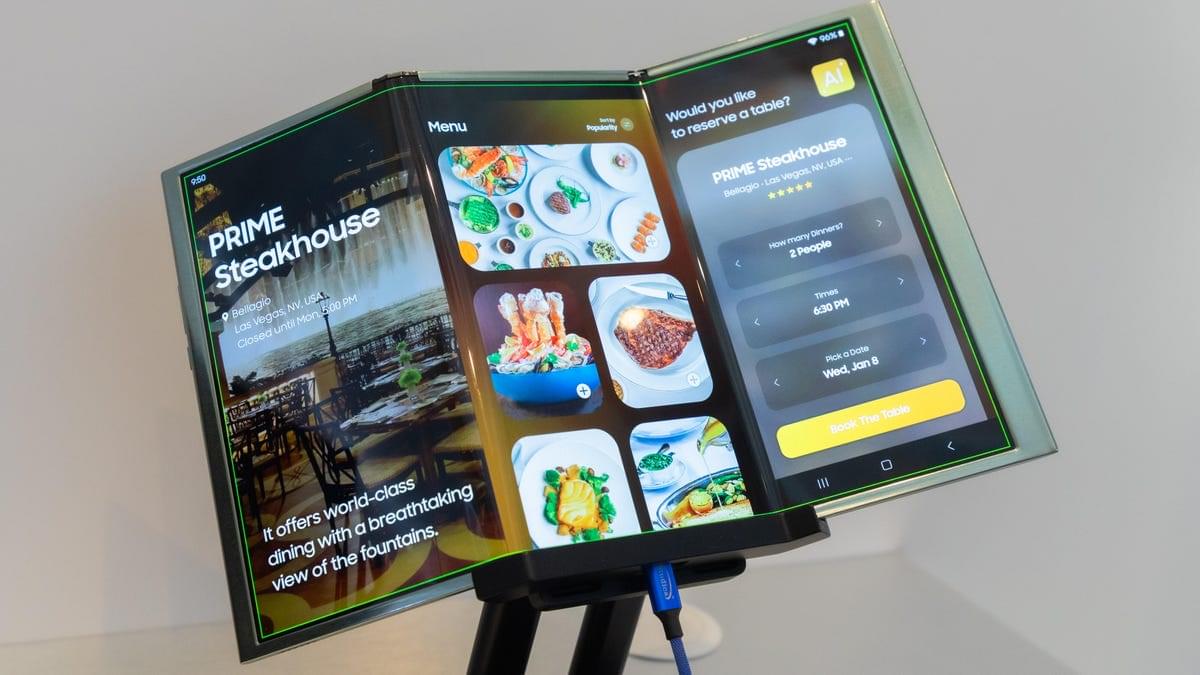

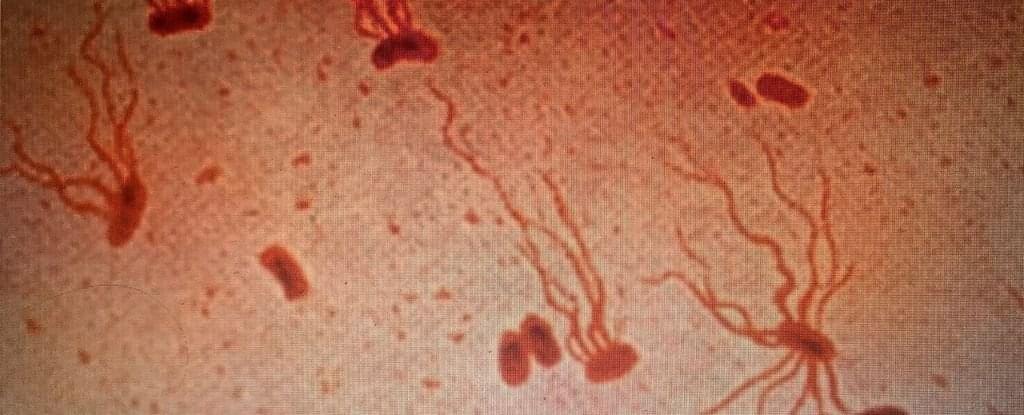
In spite of having plagued humans for millennia, t yphoid fever is rarely considered in developed countries today. But this ancient threat is still very much a danger in our modern world.
According to research published in 2022, the bacterium that causes typhoid fever is evolving extensive drug resistance, and is rapidly replacing strains that aren’t resistant.
Currently, antibiotics are the only way to effectively treat typhoid, which is caused by the bacterium Salmonella enterica serovar Typhi (S Typhi). Yet over the past three decades, the bacterium’s resistance to oral antibiotics has been growing and spreading.

In 2024, a quantum state of light was successfully teleported through more than 30 kilometers (around 18 miles) of fiber optic cable amid a torrent of internet traffic – a feat of engineering once considered impossible.
The impressive demonstration by researchers in the US may not help you beam to work to beat the morning traffic, or download your favourite cat videos faster.
However, the ability to teleport quantum states through existing infrastructure represents a monumental step towards achieving a quantum-connected computing network, enhanced encryption, or powerful new methods of sensing.
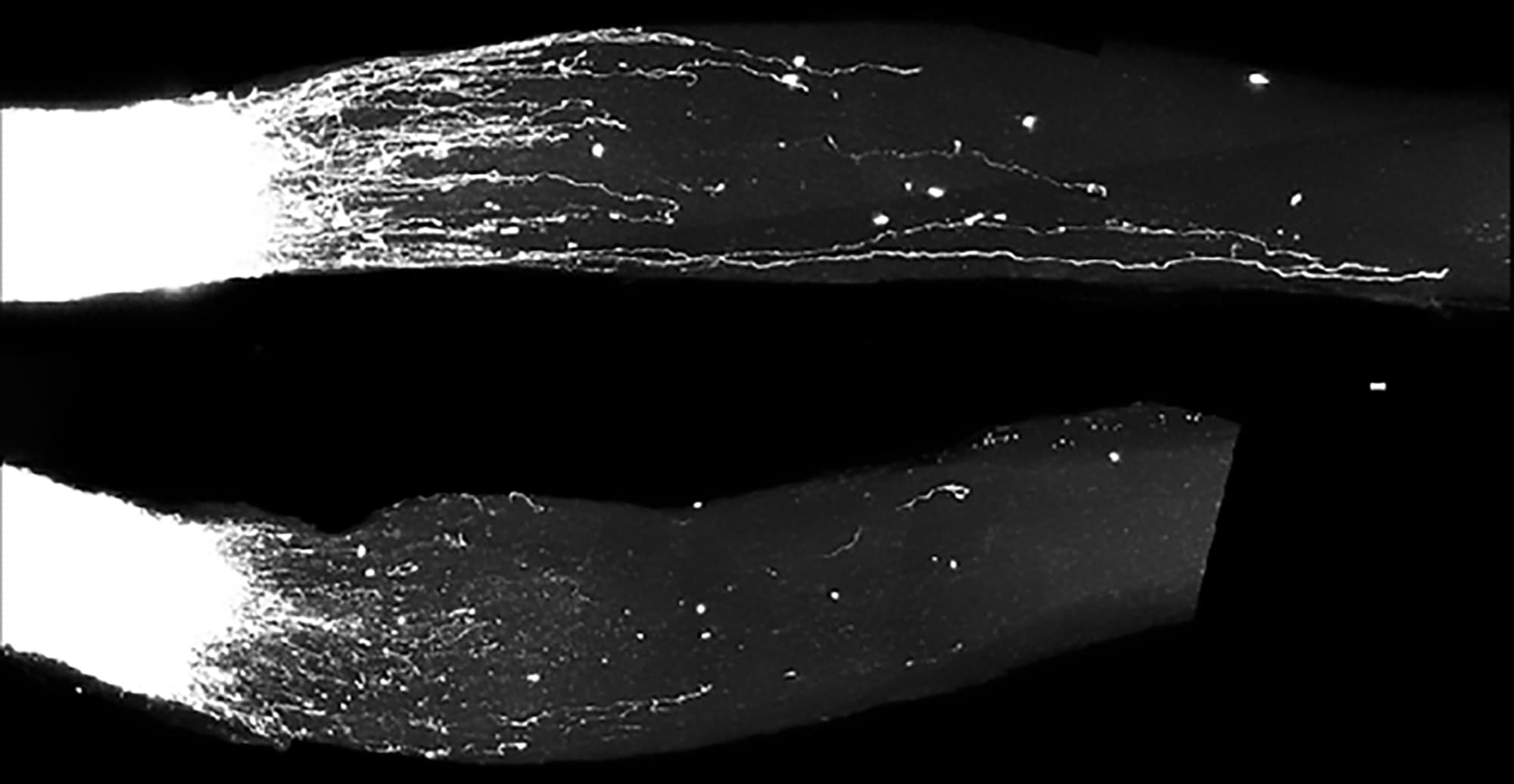
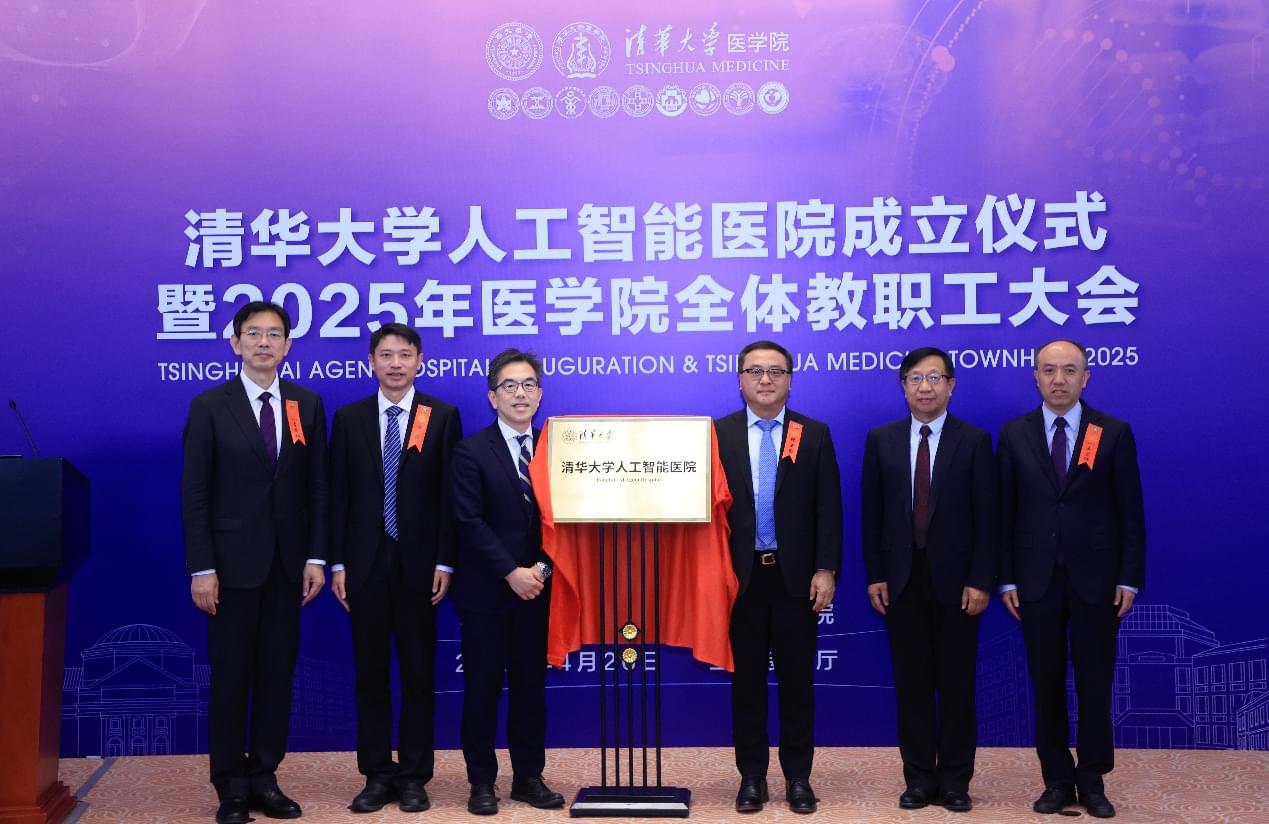
On the morning of April 26, Tsinghua University held an inauguration ceremony for Tsinghua AI Agent Hospital and the 2025 Tsinghua Medicine Townhall Meeting at the Main Building Reception Hall. Tsinghua President Li Luming and Vice President Wang Hongwei attended the event.
President Li Luming reviewed the progress of Tsinghua University’s medical programs over the past year, emphasizing the University’s strong commitment to the development of medical disciplines. He highlighted Tsinghua’s strength in fundamental research in Artificial intelligence, which has already led to a series of high-level innovations at the intersection of AI and medicine. The establishment of the Tsinghua AI Agent Hospital represents a new initiative by Tsinghua to leverage its strengths in science and engineering to empower the advancement of medicine.
President Li encouraged Tsinghua Medicine to remain committed to fostering virtue and talent, cultivating a new generation of medical innovators with both a strong medical foundation and AI literacy. He also called for deeper integration across disciplines, particularly between engineering and medicine, as well as closer ties between clinical practice and technology. Finally, he urged Tsinghua Medicine to align its work with cutting-edge global trends and national strategic needs, driving medical advancement and contributing to the protection of public health.
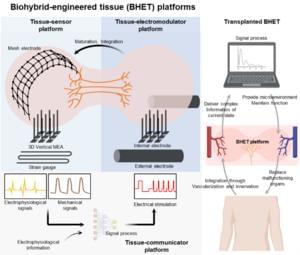
Questions to inspire discussion.
Safety and Performance.
🛡️ Q: How does Tesla’s full self-driving system compare to human driving in terms of safety? A: According to Elon Musk, Tesla’s end-to-end neural networks trained on massive video datasets have been proven to be dramatically safer than average human driving.
⚡ Q: What recent hardware upgrade has improved Tesla’s full self-driving capabilities? A: Tesla’s AI4 hardware has been upgraded to 150–200 watts, enabling more complex neural networks and faster decision-making, achieving 36 frames per second processing.
Scalability and Efficiency.
📈 Q: Why is Tesla’s vision-only approach considered more scalable than competitors’ methods? A: Tesla’s vision-only approach is more scalable than competitors’ use of multiple sensors, sensor fusion, and high-definition maps, as stated by BU’s Robin Lee.
🚀 Q: When are the next Starship test flights scheduled? A: Flight 10 is targeting August 4th, while Flight 11 is set for September 1st, 2025, marking the final Block 2 Starship tests.
🛰️ Q: What new AI initiative is SpaceX undertaking? A: SpaceX is hiring AI software engineers to integrate artificial intelligence into engineering workflows supporting Falcon, Starship, and satellite operations.


A groundbreaking study from the University of Auckland and Chalmers University of Technology is offering new hope for spinal cord injury patients. Researchers have developed an ultra-thin implant that delivers gentle electric currents directly to the injured spinal cord. This device mimics natural developmental signals to stimulate nerve healing, and in animal trials, it restored movement and touch sensation in rats—without causing inflammation or damage.